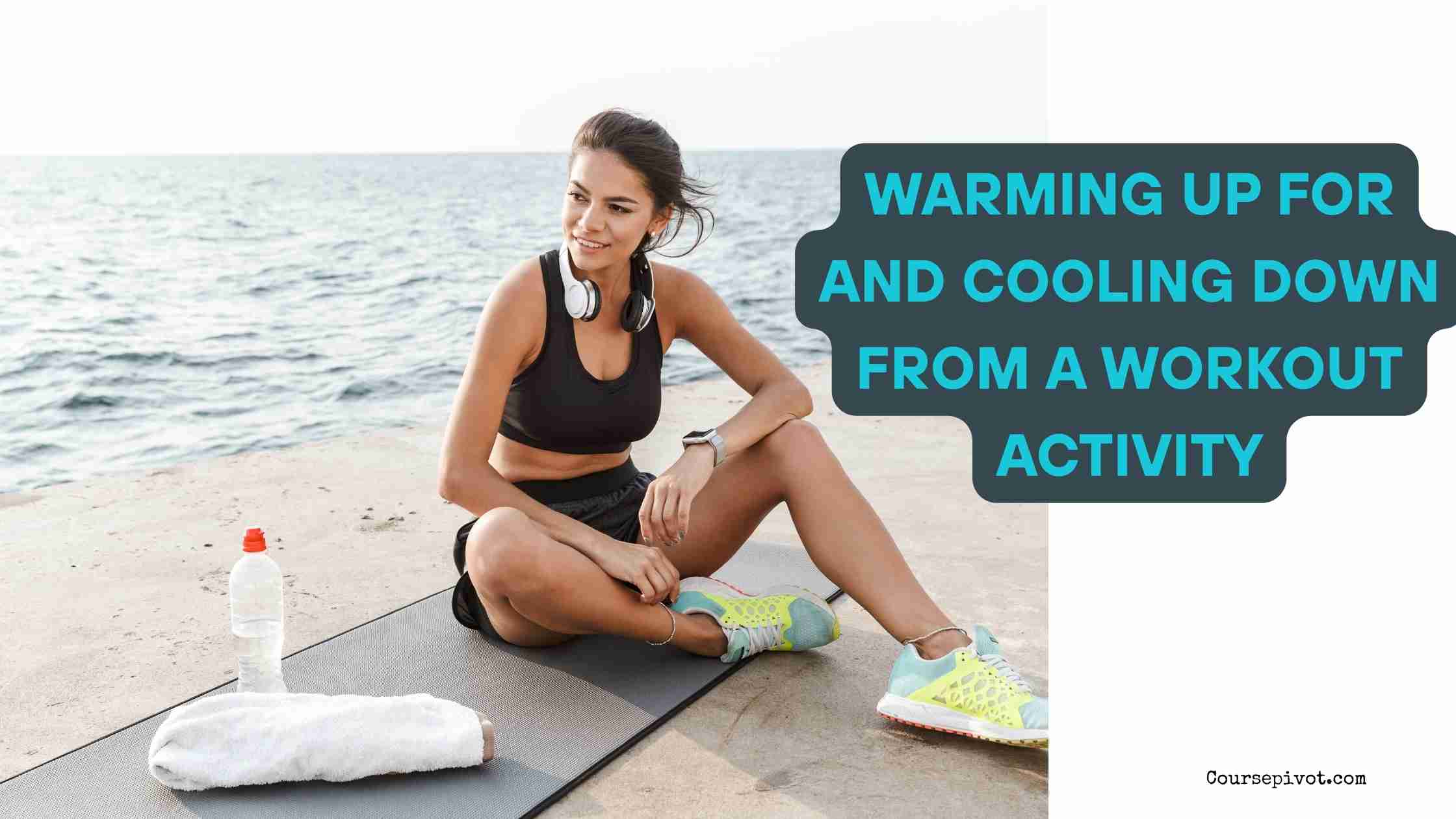
Explain the Tangible Physical Benefits of Warming Up for and Cooling Down from a Workout Activity
You’ve heard it a hundred times: Don’t skip your warm-up. Don’t forget to cool down.
But have you ever stopped to ask—why?
Whether you’re lifting weights, running, dancing, or doing a quick HIIT session, the tangible physical benefits of warming up and cooling down are real. They’re not just fitness clichés—they’re backed by biology, and they can literally help your body perform better, feel better, and recover faster.
Table of Contents
Let’s dive in and explain exactly what happens to your body when you take the time to warm up and cool down properly.
🔥 Warming Up: Preparing Your Body for Action
Warming up is a short period of low-to-moderate intensity movement that preps your body for more demanding activity.
You’re gradually increasing your heart rate, body temperature, and blood flow to your muscles. But the effects go deeper than that.
💪 Tangible physical benefits of warming up:
🩸 1. Increased Blood Flow to Muscles
Warming up opens up your blood vessels, allowing more oxygen and nutrients to reach your muscles. That gives them more energy and reduces the risk of early fatigue.
⚙️ 2. Improved Muscle Elasticity and Joint Lubrication
As you warm up, your muscles and joints become looser and more flexible. This increases range of motion and reduces the chances of pulling or straining a muscle.
- Read our trending blog on Explain How Hereditary Diseases Are Passed from One Generation to Another
🔄 3. Better Nerve-Muscle Coordination
Your nervous system becomes more alert, which improves reaction time and muscle control. This is especially important for activities that involve balance, speed, or explosive movement.
🛡️ 4. Lower Risk of Injury
A proper warm-up prepares your tendons, ligaments, and muscles to handle stress. Think of it like heating up taffy—it bends better when it’s warm. Your body works the same way.
🧠 5. Mental Focus and Readiness
Physical benefits aside, warming up gets your head in the game. It shifts your mindset, helps you visualize movement, and reduces anxiety before intense exertion.
❄️ Cooling Down: Helping Your Body Recover
After your workout, your body is revved up—your heart is pounding, muscles are tight, and adrenaline is high. Jumping straight into rest mode can be a shock to your system.
Cooling down is about gently bringing your body back to a resting state.
🧘 Tangible physical benefits of cooling down:
💓 1. Gradual Heart Rate Recovery
Cooling down allows your heart rate and blood pressure to decrease slowly. This helps prevent dizziness or fainting, which can happen if blood pools in your legs too quickly.
🧼 2. Flushes Out Lactic Acid and Waste
Slow, controlled movement helps remove metabolic waste like lactic acid that builds up during exercise. This reduces soreness and improves muscle recovery.
🧍 3. Muscle Relaxation and Lengthening
Stretching during your cool-down helps relax tight muscles and improves flexibility. It also minimizes stiffness, especially after high-intensity or strength-based workouts.
🫀 4. Better Circulation
Gentle movement keeps blood flowing and prevents blood from pooling in your limbs, which can make you feel lightheaded post-exercise.
🌡️ 5. Reduces Post-Workout Inflammation
A proper cool-down reduces the risk of excessive muscle swelling and joint inflammation, especially after intense effort.
✅ Quick Warm-Up and Cool-Down Ideas
Warm-Up (5–10 minutes)
- Light jogging or brisk walking
- Arm circles, hip rotations
- Dynamic stretches (leg swings, lunges, shoulder rolls)
Cool-Down (5–10 minutes)
- Walking or slow pedaling
- Static stretches (hamstring stretch, quad stretch, calf stretch)
- Deep breathing exercises
Why Warming Up and Cooling Down Really Matter
So, what’s the difference between jumping into a workout cold and taking the time to prepare your body?
The tangible physical benefits of warming up include better circulation, injury prevention, and more effective movement. Meanwhile, cooling down helps your body recover faster, reduce soreness, and protect your heart and muscles post-exercise.
Skipping these steps might save you a few minutes—but it could cost you days in recovery or even a serious injury.
Warm up to perform. Cool down to recover. Your body will thank you every time.
Cite this article
You can copy and paste your preferred citation format below.
Martin, L. & Arquette, E.. (2025, May 23). Explain the Tangible Physical Benefits of Warming Up for and Cooling Down from a Workout Activity. Coursepivot.com. https://coursepivot.com/blog/explain-the-tangible-physical-benefits-of-warming-up-for-and-cooling-down-from-a-workout-activity/



